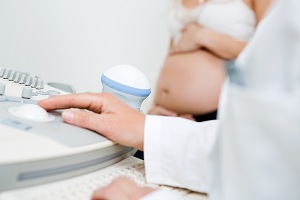A team of Chinese researchers used CRISPR to modify a human embryo. The article appeared in the journal Molecular Therapy. The authors describe the modalities used to eliminate a genetic defect from the embryo. According to reports, the technique used would be much more effective than those used in similar experiments. In addition, the researchers acted on an embryo obtained with IVF and potentially implantable in utero.
The first case of modified human embryo dates back to three years ago. Chinese researchers used a technique with a very low success rate. Out of 54 embryos, only 4 survived, all bearing a healthy version of the gene. Since then, researchers have created and used new variants of CRISPR.
The old genetic editing technique cut entire areas of DNA and replaced them with a healthy version. Instead, the new method exchanges DNA letters and corrects errors in a less invasive way. Chinese scientists used the latter to correct a mutation of Marfan syndrome. Those who suffer have an A instead of a G in the FBN1 gene: they have entered the correct letter.
The procedure was applied on 18 embryos. In 2 of these, the procedure changed other letters beyond those provided. Therefore, unforeseen genetic modifications have been created. According to the researchers, such errors are easy to identify and therefore there would be no risks.
In contrast to other times, the researchers modified embryos usable for IVF. If they wanted to, they could implant them in the womb of some women and let them develop. Before actually doing so, however, further studies will be necessary, so as to identify any negative consequences of the procedure.
Source: phys.org
















